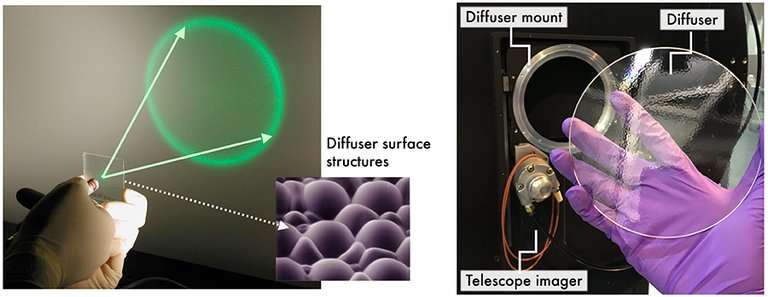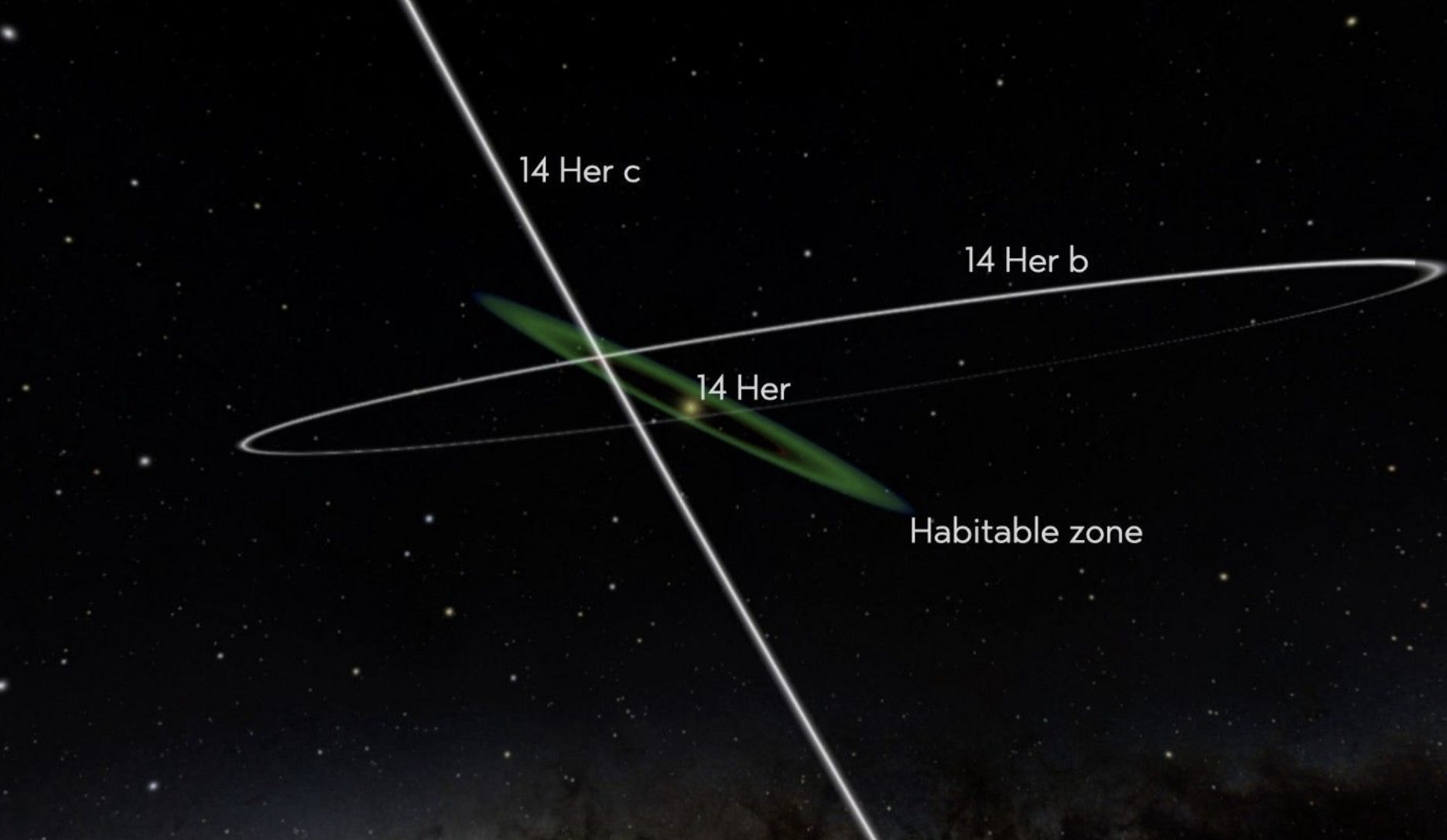Welcome!
Hi! I am a postdoctoral researcher in the FEPS research group at the University of Michigan, Ann Arbor, where I specialize in the detection and characterization of exoplanet systems using radial velocity, astrometry, and direct imaging techniques!About Me
I graudated from the Pennsylvania State University in 2018 with simultaneous B.S. degrees in Astronomy&Astrophysics, Mathematics and Physics. There, I worked with Dr. Guðmundur Stefánsson and Dr. Suvrath Mahadevan on near-infrared doppler instrumentation and precision transit photometry to detect exoplanets. I also dabbled in gravitataional wave research whilst there.
Afterwards, I moved to sunny Southern California where I completed my Ph.D. degree in Physics at the University of California, Santa Barbara in 2023. My thesis work, conducted under the guidance of Dr. Timothy Brandt, focused on using stellar accelerations as a novel target vetting method to directly image exoplanets and characterize their orbits and dynamical masses. I am an observer with experience using ground-based extreme adaptive optics systems, as well as space-based instruments like the ESA's GAIA satellite and NASA's James Webb Space Telescope.


Research Interests
My past interests merge observational astronomy with statistical models to detect and characterize exoplanets' orbits, masses and atmospheric properties. My Ph.D. thesis focused on orbit fitting of exoplanets, combining different detection techniques.
My current interests involve using infrared observations from ground-based adaptive optics systems like the Near Infrared Camera and the CHARIS/Subaru integral field spectrograph at the W. M. Keck Observatory in Hawaii. I currently utilize the world's newest space observatory, JWST, to study exoplanet and brown dwarf spectra in order to characterize their orbits and atmospheres. Additionally, I work on exoplanet demographics to understand how exoplanets and brown dwarfs form and evolve over time, settling into a diverse range of system architecture.
Research Highlights
Are we alone in the Universe? Are there other worlds out there resembling our own? These are the questions exoplanets astronomers like me seek answers to. Since the discovery of the first exoplanet, over 5000+ exoplanets have been confirmed to date. These discoveries result from various detection techniques that humans have developed, including astrometry, radial velocity, transit, microlensing, and the newly emerging technique of direct imaging. My research revolves around enhancing existing techniques to find and characterize new and exciting exoplanet systems. We would like to work towards building a comprehensive statistical model for exoplanet demographics in the Milky Way and the larger Universe.Transit Photometry
Using diffuser-assisted photometry, I co-led the effort for the first transit follow-up observations of the Neptune-sized planets K2-100b and K2-28b. Ground-based precise photometry plays an important role in the TESS era to perform timely and precise follow-ups of TOIs.
Read the paperOrbital retrieval
orvara is an orbit retrieval package for fitting precise 3D Keplerian orbits to arbitrary combinations of radial velocity, direct imaging, and stellar acceleration datasets.
Read the paper Get codeDirect Imaging Surveys of Accelerating Stars
Accelerating stars surveys target specifically stars showing signs of astrometric accelerations based on the Hipparcos-Gaia long-term proper motion anomaly to improve the yield of direct imaging searches of nearby exoplanets and brown dwarfs.
Read the paperEvolutionary Modeling of brown dwarfs
Brown dwarfs are substellar objects with masses in between stars and planets. The evolution and atmospheric brown dwarfs are important to understood.


